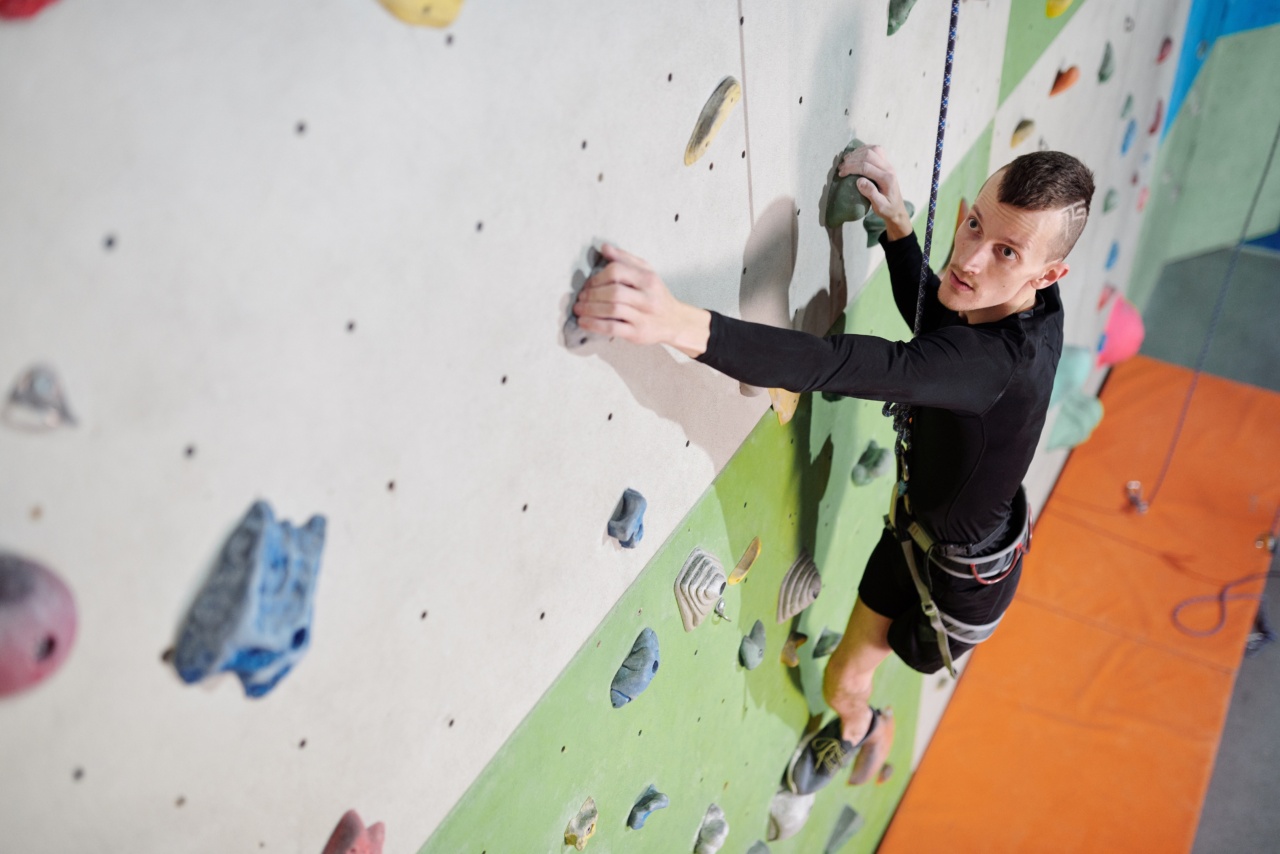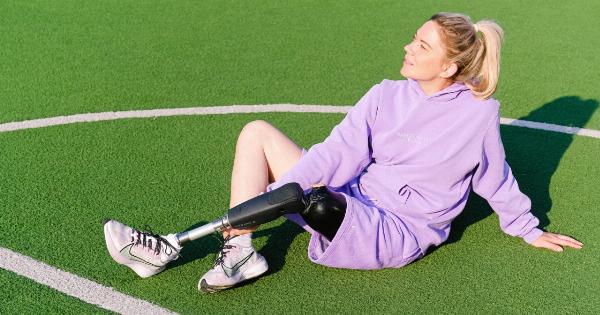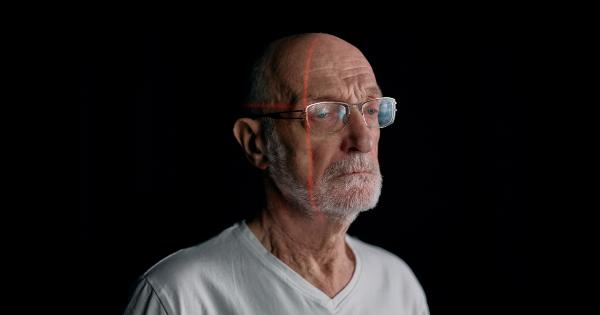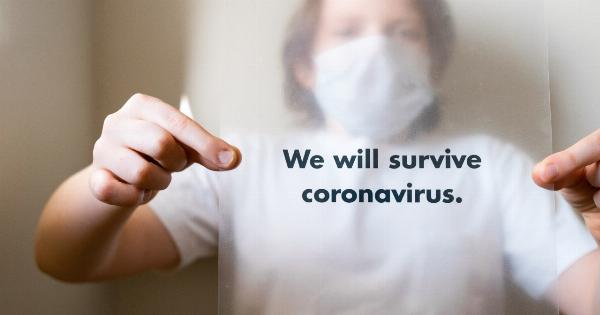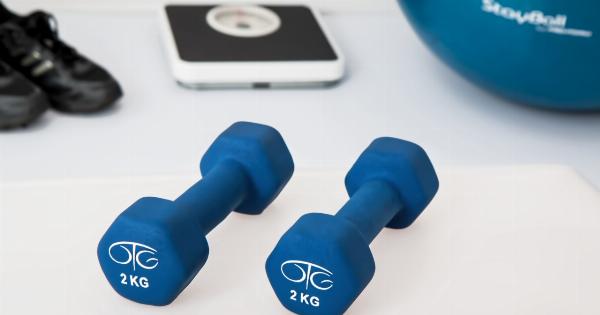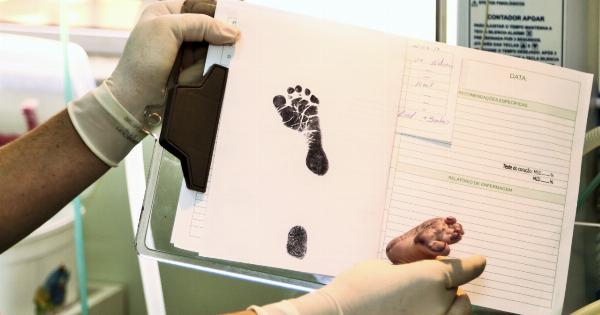Walking is one of the most fundamental human movements, allowing us to explore our surroundings and perform daily activities. While many people take walking for granted, for others, it can be a significant challenge.
Gait impairments can stem from various factors, including injury, illness, or neurological conditions. However, advancements in technology and research have led to exciting innovations in gait improvement. In this article, we will explore some of the latest developments in this field.
1. Exoskeletons
Exoskeletons have gained considerable attention in recent years. These wearable robotic devices provide external support to the wearer’s limbs, aiding in movement and enhancing gait.
Powered exoskeletons use motors and sensors to detect the user’s movements and provide assistance accordingly. These devices can be particularly beneficial for individuals with lower limb disabilities, enabling them to walk more efficiently and with reduced effort.
2. Functional Electrical Stimulation (FES)
Functional electrical stimulation involves using electrical currents to stimulate muscles and nerves, providing individuals with improved control over their movements.
This technique can be utilized to facilitate walking in individuals with conditions such as spinal cord injuries or stroke. FES can help activate dormant or weakened muscles, allowing individuals to regain their gait function.
3. Virtual Reality (VR) Rehabilitation
Virtual reality has made significant advances in healthcare, including gait improvement. VR rehabilitation programs offer interactive and immersive environments that can be tailored to an individual’s specific needs.
By integrating virtual reality simulations with gait training, therapists can create engaging and motivating exercises to enhance gait patterns and balance. This technology provides real-time feedback, promoting correct movement and reducing the risk of falls.
4. Robotics-Assisted Rehabilitation
Robotics-assisted rehabilitation employs robotic devices to aid in gait improvement. These devices can be used in various forms, such as robotic treadmills or robotic exoskeletons.
Robotic treadmills allow clinicians to control walking speed, incline, and other parameters, facilitating gait training in a controlled environment. Robotic exoskeletons provide support and guidance to individuals with gait impairments, assisting them in achieving proper movement patterns.
5. Wearable Sensors and Smart Insoles
Wearable sensors and smart insoles offer real-time monitoring and analysis of gait patterns. These devices can track and analyze metrics such as stride length, walking speed, and foot pressure distribution.
By providing individuals with immediate feedback, they can adjust their gait and correct any abnormalities. This technology allows for continuous monitoring and can aid in assessing the effectiveness of gait improvement interventions.
6. Brain-Computer Interfaces (BCIs)
Brain-computer interfaces have the potential to revolutionize gait improvement for individuals with severe motor impairments. BCIs enable direct communication between the brain and external devices, bypassing the need for traditional neural pathways.
By detecting and translating brain activity into commands, individuals can control exoskeletons or robotic devices with their thoughts, facilitating walking and gait improvement.
7. Adaptive Footwear
Adaptive footwear focuses on designing shoes that cater to individuals with specific gait impairments. These shoes incorporate features such as cushioning, stability, and customized support in key areas.
Adaptive footwear can help alleviate pain, improve balance, and enhance overall gait mechanics. Some advanced designs even adjust their properties automatically in response to changes in walking conditions, providing personalized assistance for better gait control.
8. Biomechanical Analysis Software
Biomechanical analysis software utilizes motion capture technology and algorithms to assess and analyze an individual’s gait.
By capturing and processing movement data, these systems can identify abnormalities or areas of improvement in a person’s gait. Therapists and researchers can then use this information to develop targeted interventions and quantify progress over time.
9. Neurorehabilitation Techniques
Neurorehabilitation techniques focus on retraining and restoring normal movement patterns in individuals with neurological conditions affecting gait.
These approaches combine traditional physical therapy with innovative strategies such as constraint-induced movement therapy, mirror therapy, and locomotor training. By harnessing the brain’s ability to adapt and rewire, neurorehabilitation techniques offer promising outcomes for gait improvement.
10. Biomechanical Examinations
Biomechanical examinations involve detailed assessments of an individual’s gait, joint function, and muscle activity.
Using advanced tools like force plates, pressure mats, and electromyography, clinicians can analyze the forces, pressures, and electrical signals associated with walking. These examinations help identify specific biomechanical issues causing gait impairments, allowing for targeted interventions and personalized treatment plans.
